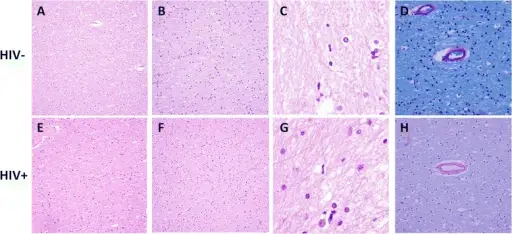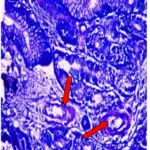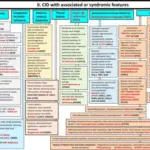AIDS is acquired immunodeficiency syndrome. AIDS is a chronic, potentially life-threatening condition caused by the human immunodeficiency virus (HIV). HIV interferes with the ability to fight infections.
What is the Pathology of AIDS?
The pathology of AIDS is:
-Etiology: The cause of AIDS due to a breakdown of the immune system, a result of the fact that HIV infects and destroys a specialized group of white blood cells called T-helper of T-4 cells.
-Pathogenesis: The sequence of events that lead to AIDS are due to defective innate signaling pathways, increased viral replication and increased viral load. AIDS results in gradual loss of peripheral CD4+ T cells and depletion of T lymphocytes at mucosal sites that collectively lead to progressive immune deficiency and AIDS.
-Morphologic changes: The morphologic changes involved with AIDS include increased deposition of adipose tissue, or weight loss.
How does AIDS Present?
Patients with AIDS typically women are more susceptible to HIV infection than men, present at age range of 15 to 49 years old. The symptoms, features, and clinical findings associated with AIDS include: infections, fatigue, genital sores, anal sores, white spots in the mouth, fevers, and weight loss.
How is AIDS Diagnosed?
AIDS is diagnosed by blood tests which look for antibodies to the HIV-virus that are present in the blood of infected individuals. An enzyme linked immuno-assay test or polymerase chain reaction test are used to diagnose AIDS.
How is AIDS Treated?
AIDS is treated by antiretroviral therapy, a combination of daily medications that stop the virus from reproducing. This helps protect CD4 cells, keeping the immune system strong enough to take measures against disease.
What is the Prognosis of AIDS?
The prognosis of AIDS is in patients with untreated HIV infection is poor without proper treatment. Without treatment the average time from infection to death is 8-10 years.



